As the online world keeps evolving, making it more user-friendly and enjoyable is a big deal. Personalization is like having a special guide that customizes your experience, making your time online even more fun and easy. It’s not just a fancy word; it’s a way of changing how people use websites and mobile app development services.
Understanding Personalization in UX

Image source
Personalization, fundamentally, revolves around providing content, services, and suggestions that match user data. It utilizes information from different places—like how users behave, their demographics, past interactions, and the context—to predict accurately what users want and like.
This method greatly improves how users engage and how satisfied they are by giving them a smooth, customized experience. Whether it’s a personalized front page on an online store, specific content recommendations on a streaming service, or adaptable app interfaces, the goal of personalization is to make every interaction feel unique and significant to the user.
The Role of Data and Technology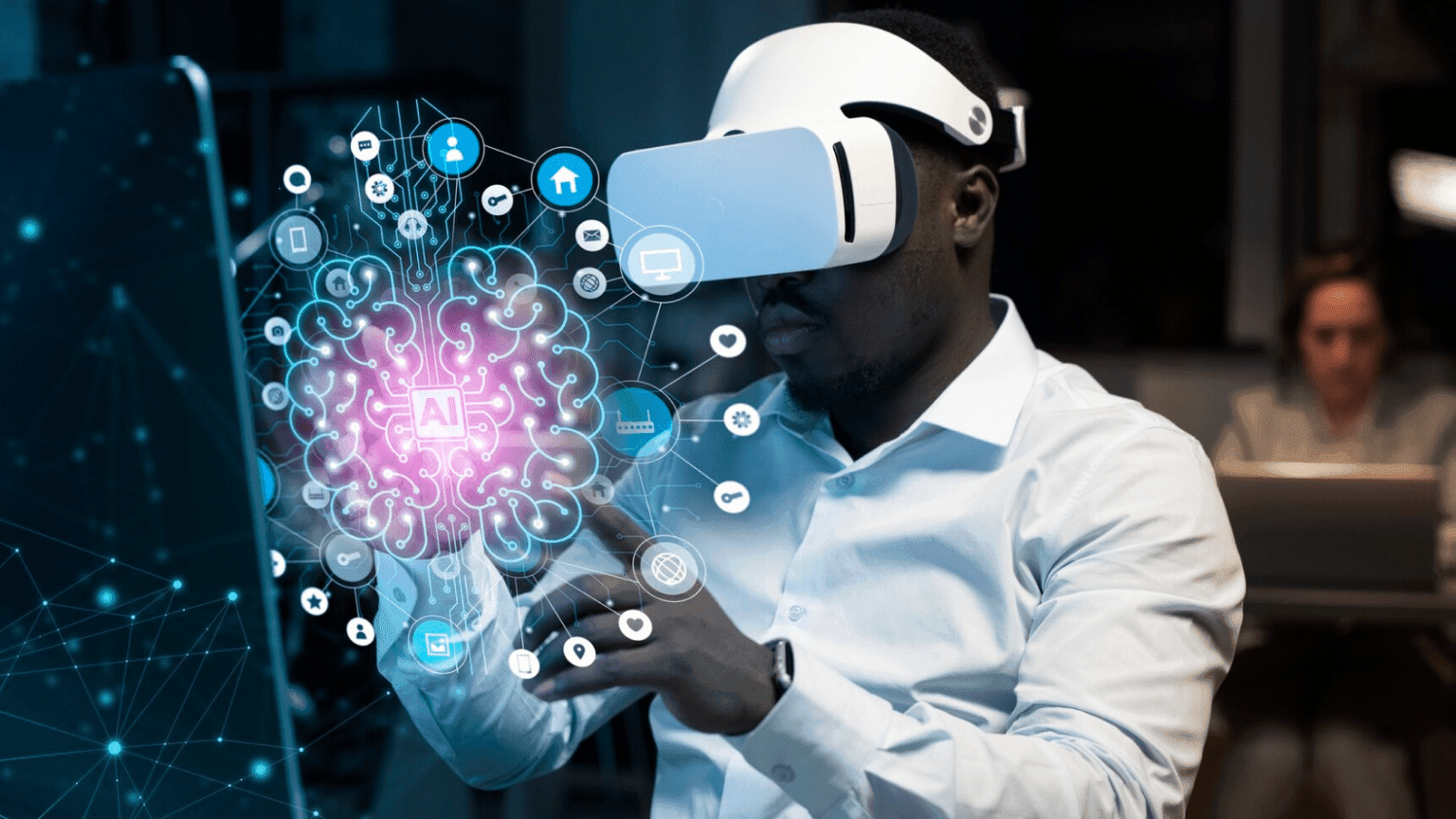
In the digital world, personalization works by using data to create an experience that feels specifically designed for you. Latest and most advanced technologies such as machine learning and artificial intelligence play crucial roles in handling vast amounts of user data and extracting valuable insights. Fast datacenter proxies and residential proxies, in turn, support this process by enabling quick, large-scale data collection from multiple sources without blocks, ensuring personalization efforts are backed by real-time, diverse insights.
Utilizing algorithms that continuously learn and adjust, businesses can build more precise user profiles and predictive models. This capability allows them to predict user behaviour, enhance content delivery, and fine-tune recommendations in real-time.
Furthermore, the rise of sophisticated tools and platforms empowers UX designers and software app developers to seamlessly create personalized experiences. Through data-driven design choices and agile development methods, they can continuously improve user interfaces to better align with individual user preferences.This synergy of advanced technologies and the expertise of UX/UI design services and software development professionals lays the foundation for a future where personalization becomes not just a trend, but a cornerstone of exceptional user experiences.
The Impact on Businesses and Users
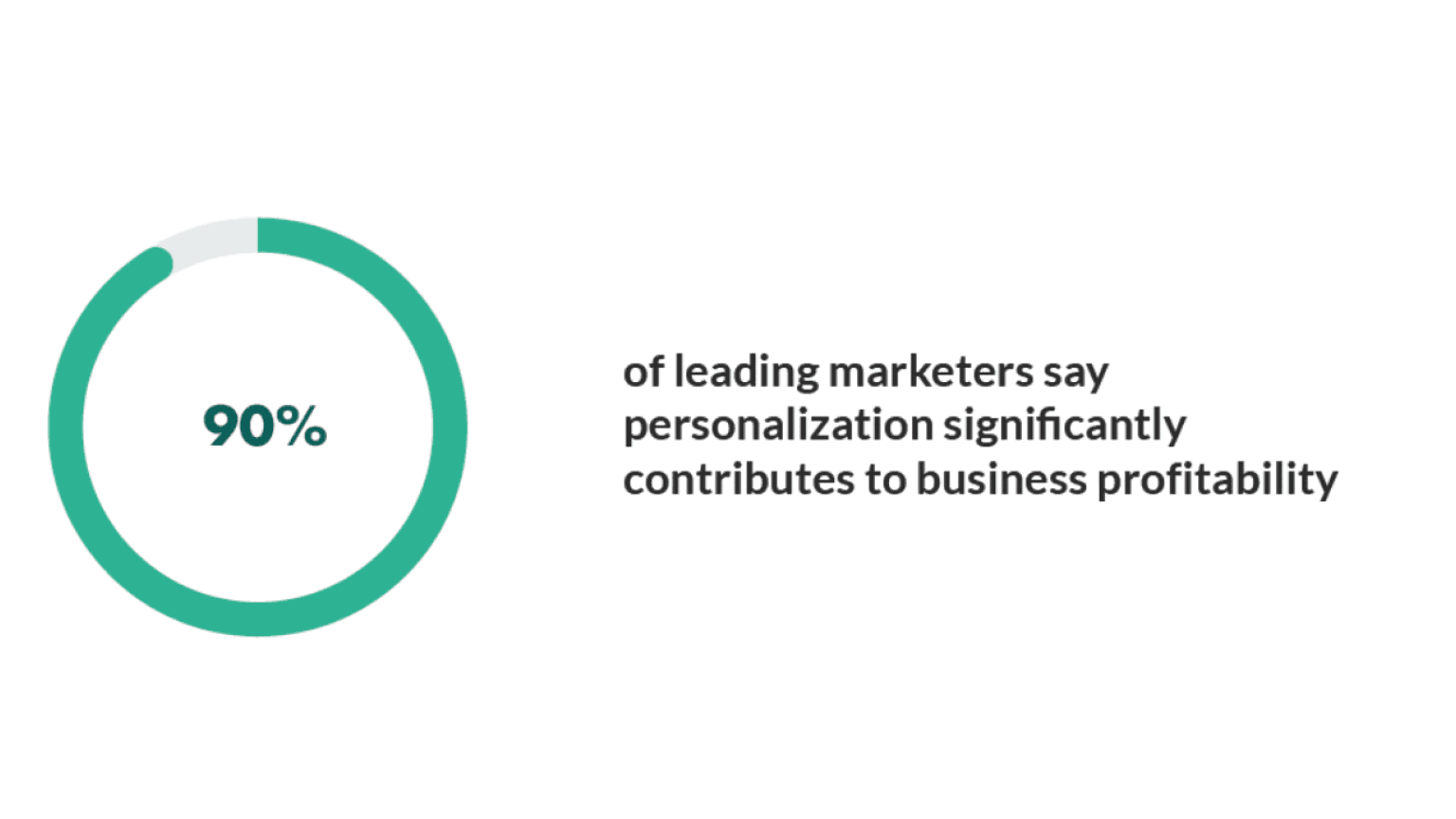
Incorporating personalization into a business’s UX strategy can bring significant advantages. Improved user engagement results in higher conversion rates, increased customer loyalty, and satisfaction. Providing a more personalized experience allows companies to build stronger connections with their user base, establishing long-term customer base.
From the user’s perspective, the benefits are equally irresistible. Personalized experiences save time, making interactions more efficient and enjoyable. Users feel connected and noticed when platforms address their specific interests, leading to enhanced trust and a deeper emotional connection with the product or service.
Platforms with successful implementation of personalisation
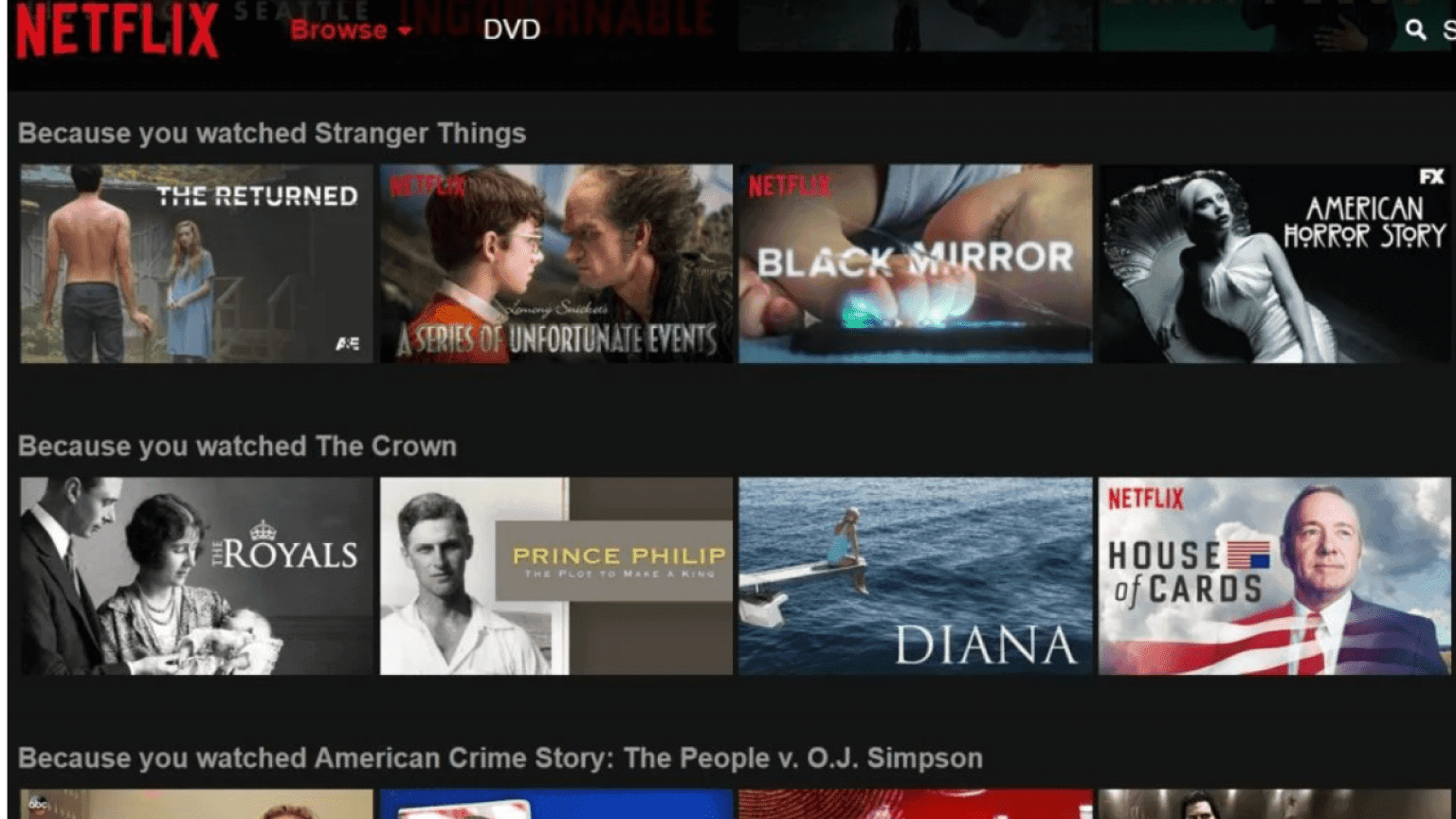
Netflix: The streaming giant, is well-known for its powerful personalization algorithms. These algorithms customize recommendations by considering a user’s watch history, likings, interests, ratings, and behavior, resulting in a personalized homepage for each of their users. The “Recommended for You” section highlights movies and shows that align with individual preferences resulting in a better experience for user.
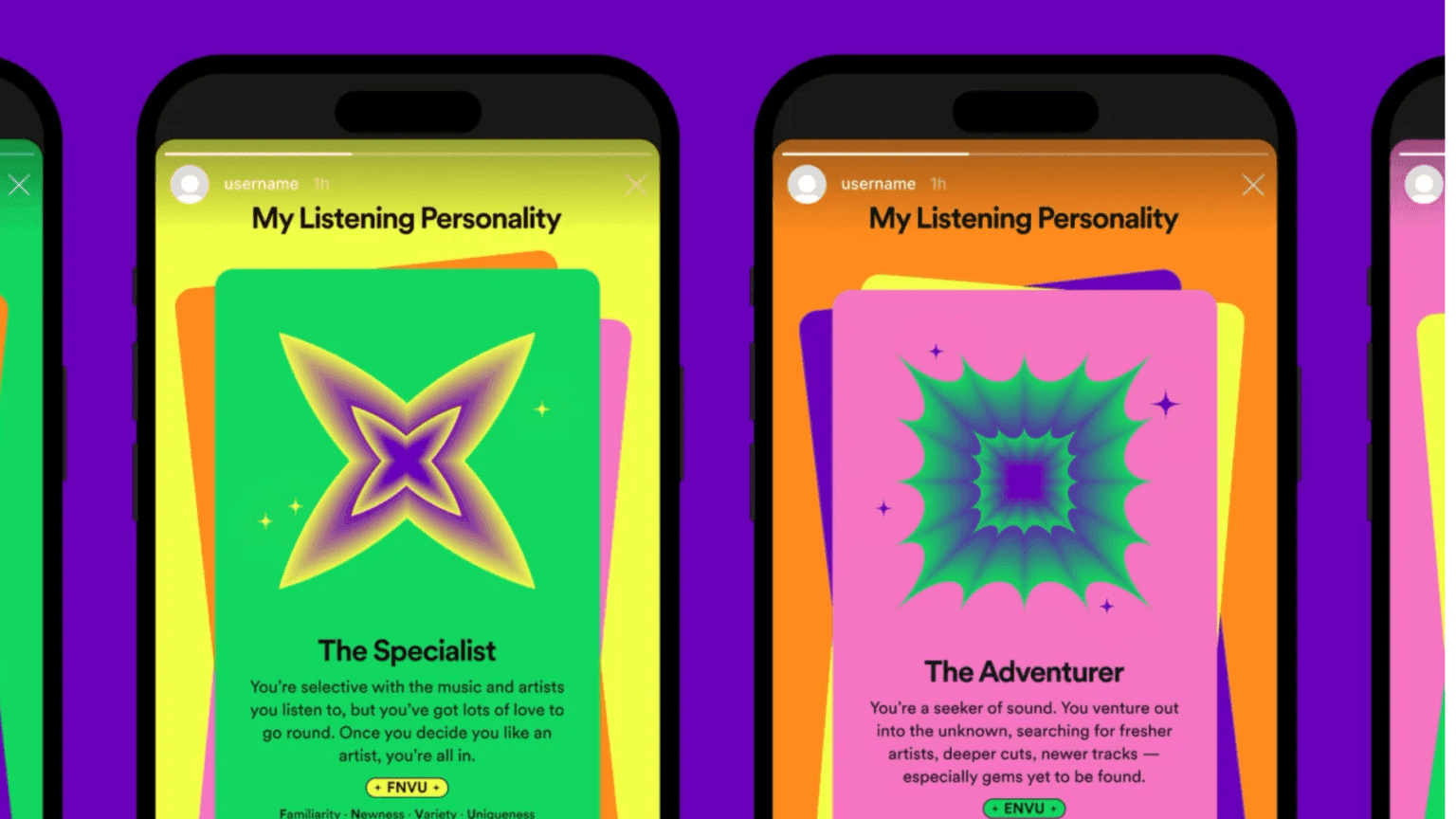

Spotify: The music streaming service uses personalization to prepare playlists and suggestions tailored according to the user’s listening habits, songs which they liked, and playlists created by them. Features like “Discover Weekly” and “Recommended for you” deliver a personalized blend of new music, well aligned with individual tastes.
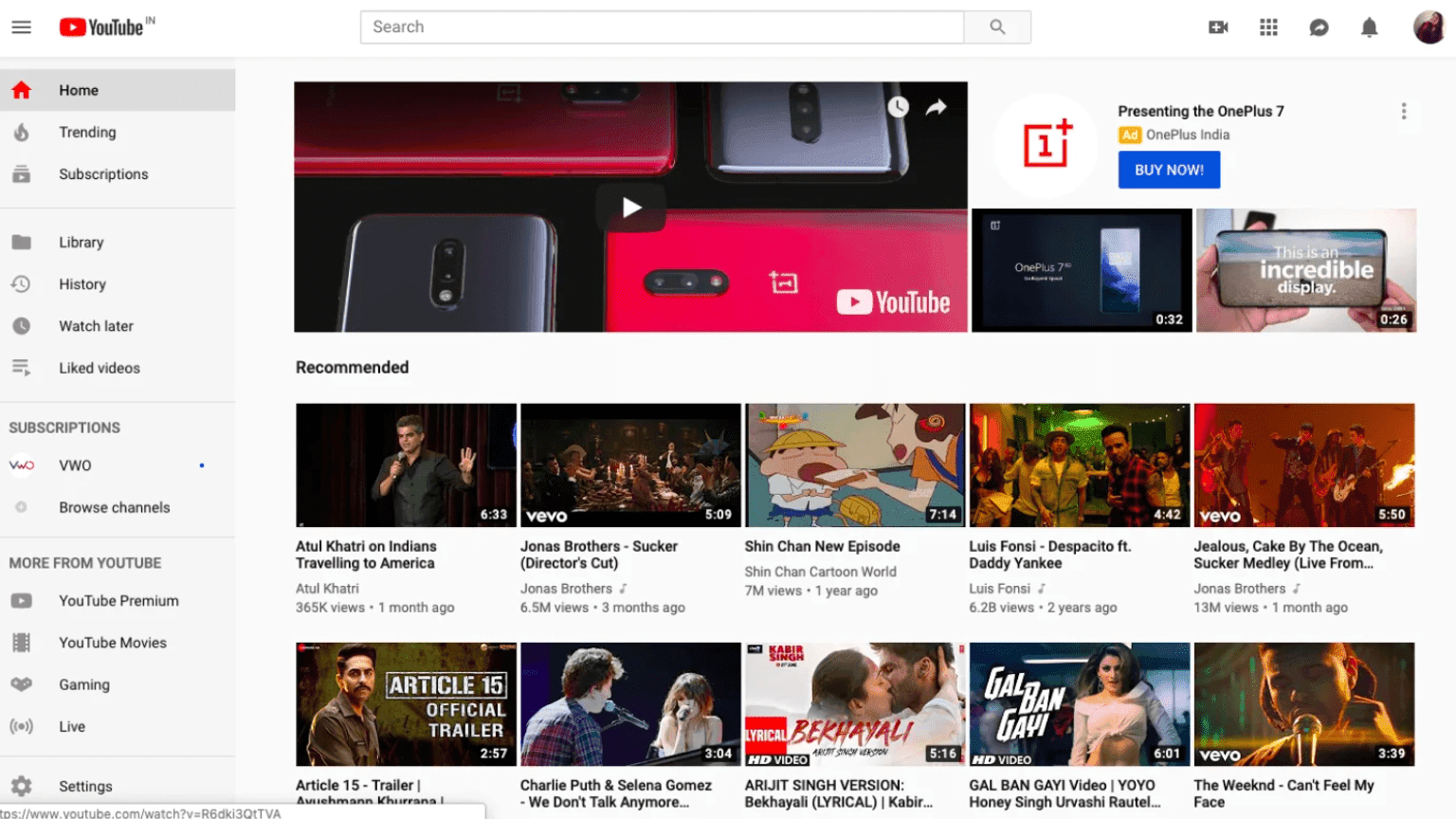
YouTube: YouTube uses personalization to recommend videos according to a user’s watch history, liked videos, and subscriptions. The platform’s recommendation system learns from user preferences, consistently providing accurate suggestions to create a more personalized content feed.
Future Trends and Challenges

Looking into the future, personalization in UX is expected to experience more innovation. As technology progresses, there is a likelihood that the emphasis will shift towards hyper-personalization—micro-segmentation and even more individual-level customization.
However, reaching this heightened level of personalization presents challenges. It will be crucial to navigate the delicate balance between addressing user privacy concerns, ensuring ethical data usage, and maintaining transparency in both data collection and utilization. Striking the right equilibrium between personalization and respecting user boundaries will continue to be a significant focal point for the software development companies and UX/ UI designers.
Conclusion
Personalization stands as a crucial trend that is molding the user experience, providing means to develop more user-focused experiences. Through the utilization of data-driven insights, software tools and advanced technologies, businesses can establish stronger connections with their audience building trust and long-term loyalty.
As the digital scope keeps evolving, personalization in UX will continue to be the building block for future innovations. All of this is about making experiences that actually connect with people. Personalisation is an important trend and with the help of the most innovative software tools and user experiences, it will always lead to success of businesses.
If you want to personalize your experience in web or app development, get in touch with DianApps. A top Software development company that builds personalized apps for any kind of business domain.


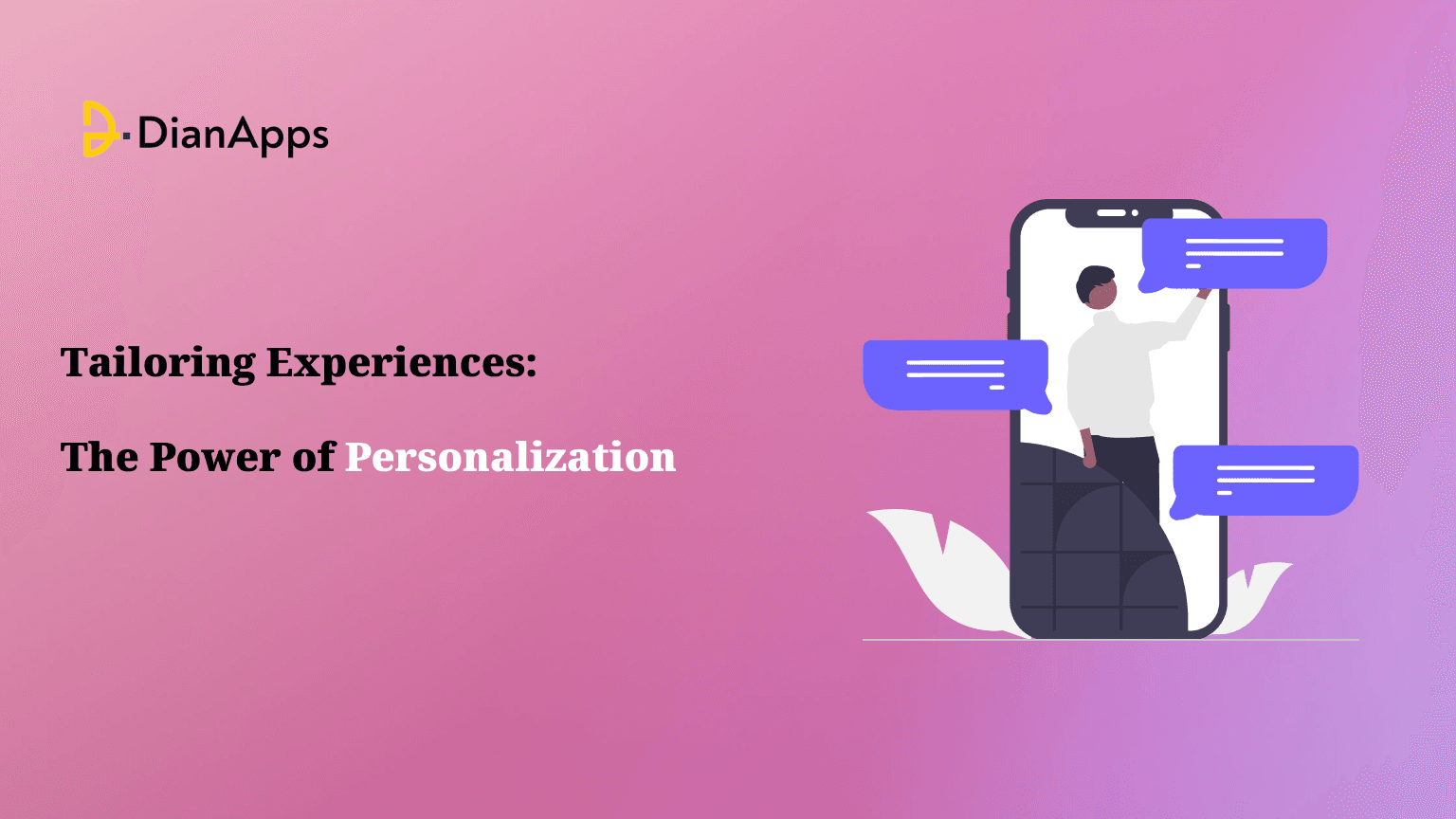







Leave a Comment
Your email address will not be published. Required fields are marked *